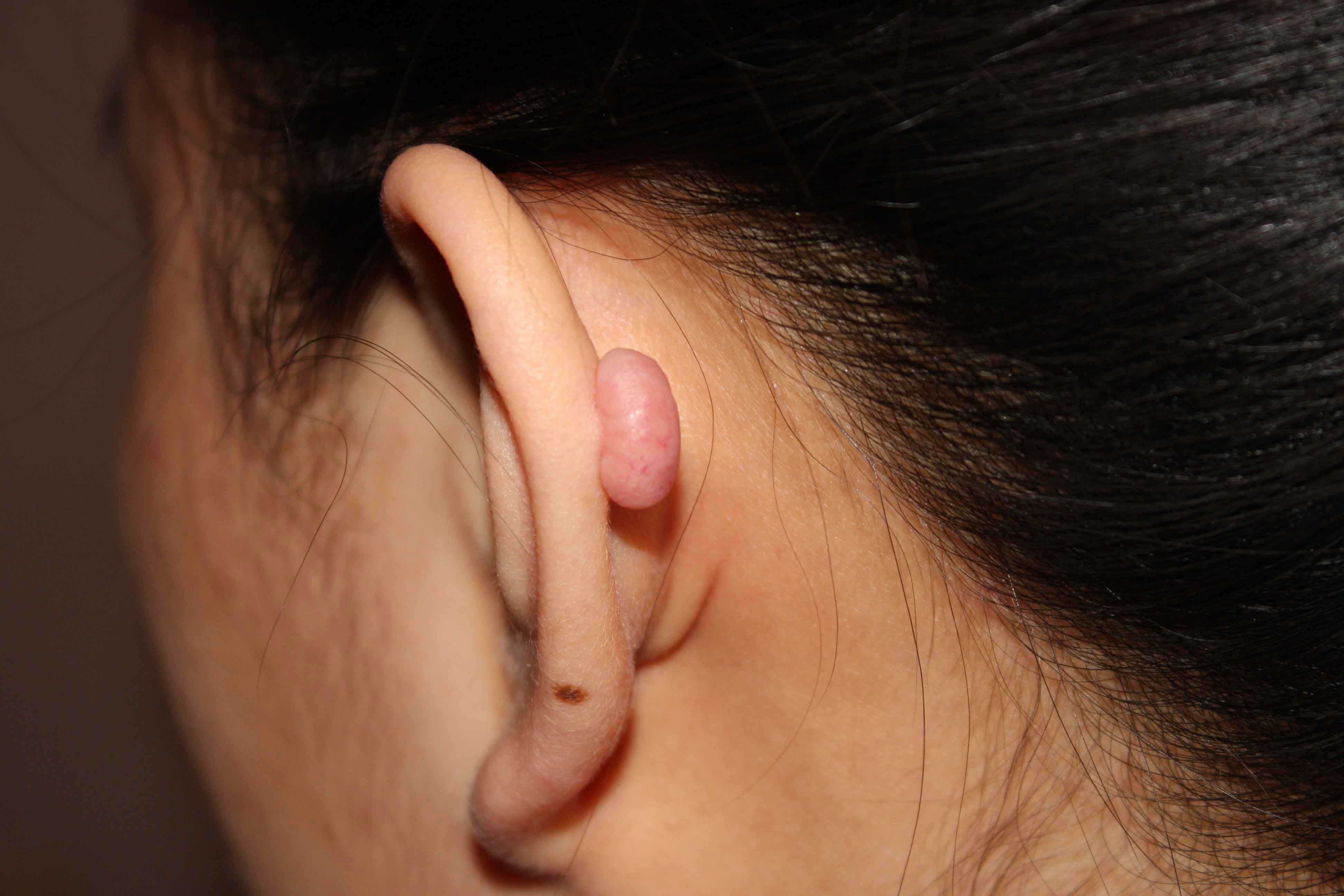On the other hand, regrets after a tattoo are also seen and requests for tattoo removal are rising. laser tattoo removal using q-switched lasers are the safest; however, complications can occur. acute complications include pain, blistering, crusting and pinpoint hemorrhage.. Can you identify the following tattoo skin reactions? although the complications associated with tattooing and tattoo removal are often mild and self-limited, significant adverse events are possible with both. superficial skin infections are relatively uncommon following q-switched laser therapy but may occur.. An infected tattoo can be caused by staph infections or mrsa, tainted manufacturer’s ink, an infected piercing etc. signs and symptoms of tattoo infection may include scabs, pimples, oozing or draining pus, bleeding, blisters, damaged tattoo, peeling, fever rash and even redness..
Ear helix keloid results - keloid removal expert - new york
Which is the best tattoo removal method? - claritas laser
How to get rid of sunspots on skin naturally
Laser tattoo removal aftercare is critical to to a successful tattoo removal because it helps your body heal better and faster after each treatment. following these recommended tattoo removal aftercare instructions can have a real impact on the outcome of your treatment.. These instructions are integral to attaining quality tattoo fading without skin texture change, infection, or other unwanted side effects. laser tattoo removal aftercare instructions after treatment, your treated area may seem like a superficial burn wound.. Tattoo dyes — especially red, green, yellow and blue dyes — can cause allergic skin reactions, such as an itchy rash at the tattoo site. this can occur even years after you get the tattoo. skin infections..

0 komentar:
Posting Komentar